-
 © Tony Baker/Classic & Sports Car
© Tony Baker/Classic & Sports Car -
 © Malcolma/Creative Commons licence https://creativecommons.org/licenses/by-sa/3.0/legalcode
© Malcolma/Creative Commons licence https://creativecommons.org/licenses/by-sa/3.0/legalcode -
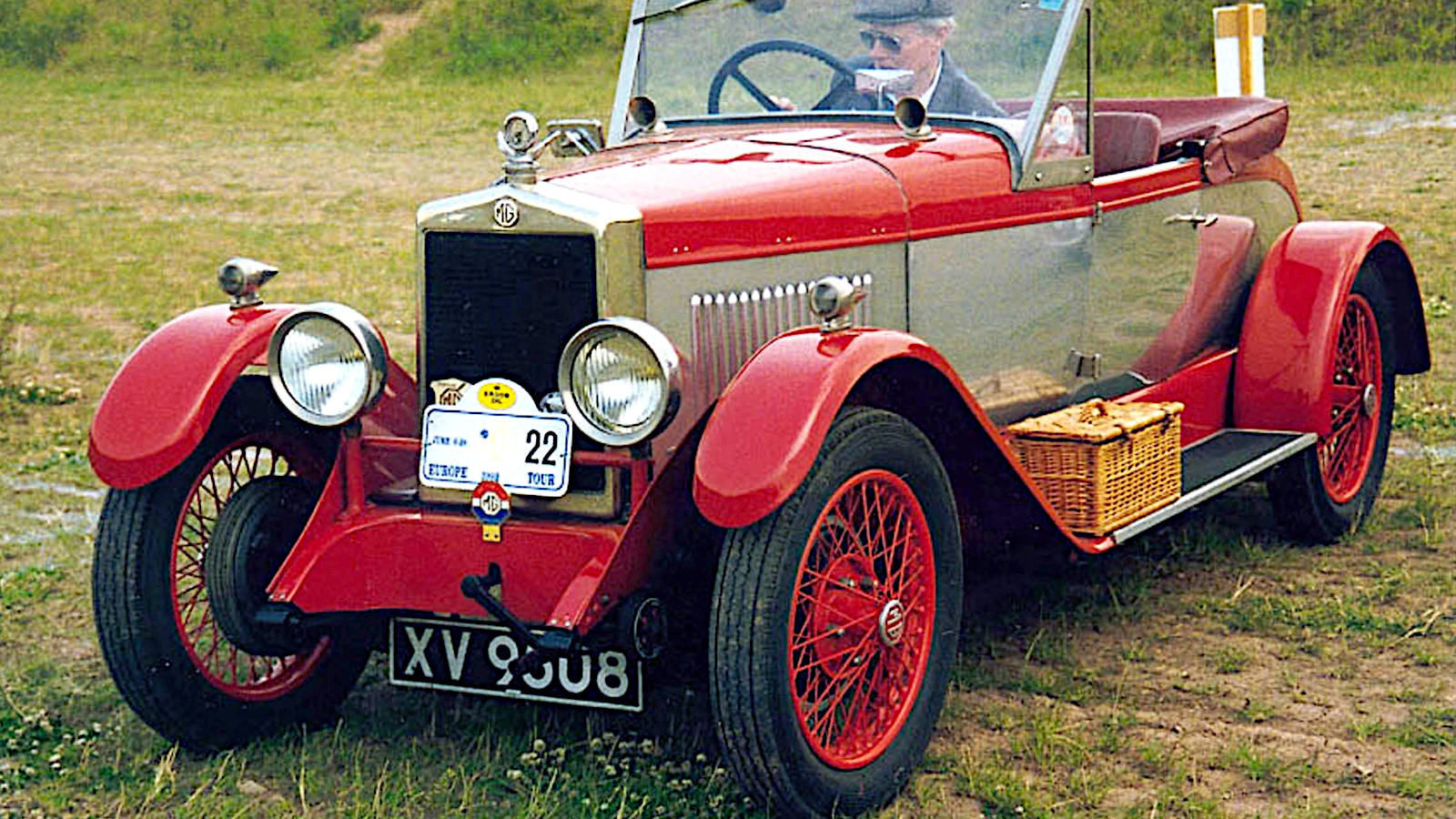 © MG Car Club
© MG Car Club -
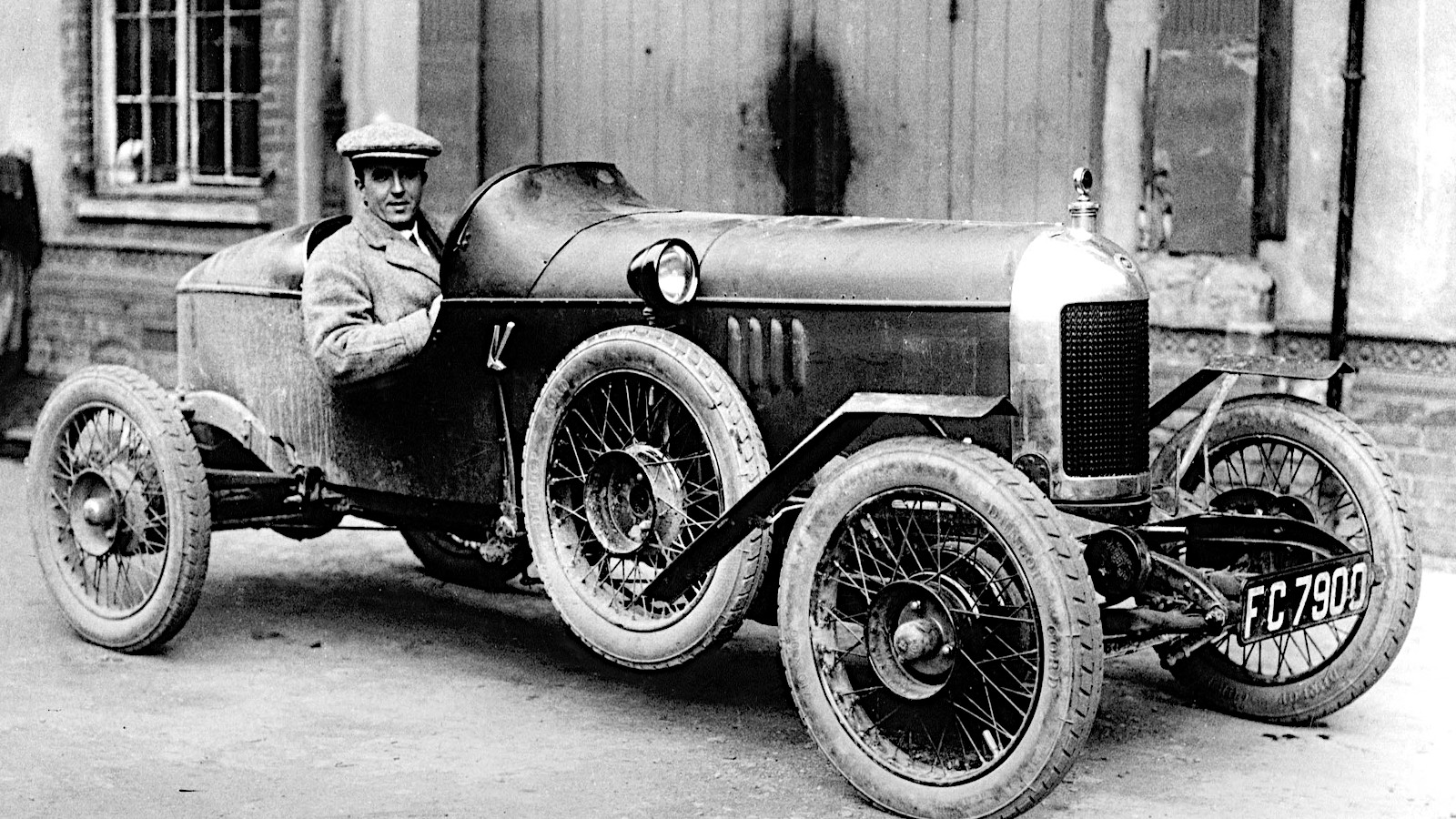 © MG
© MG -
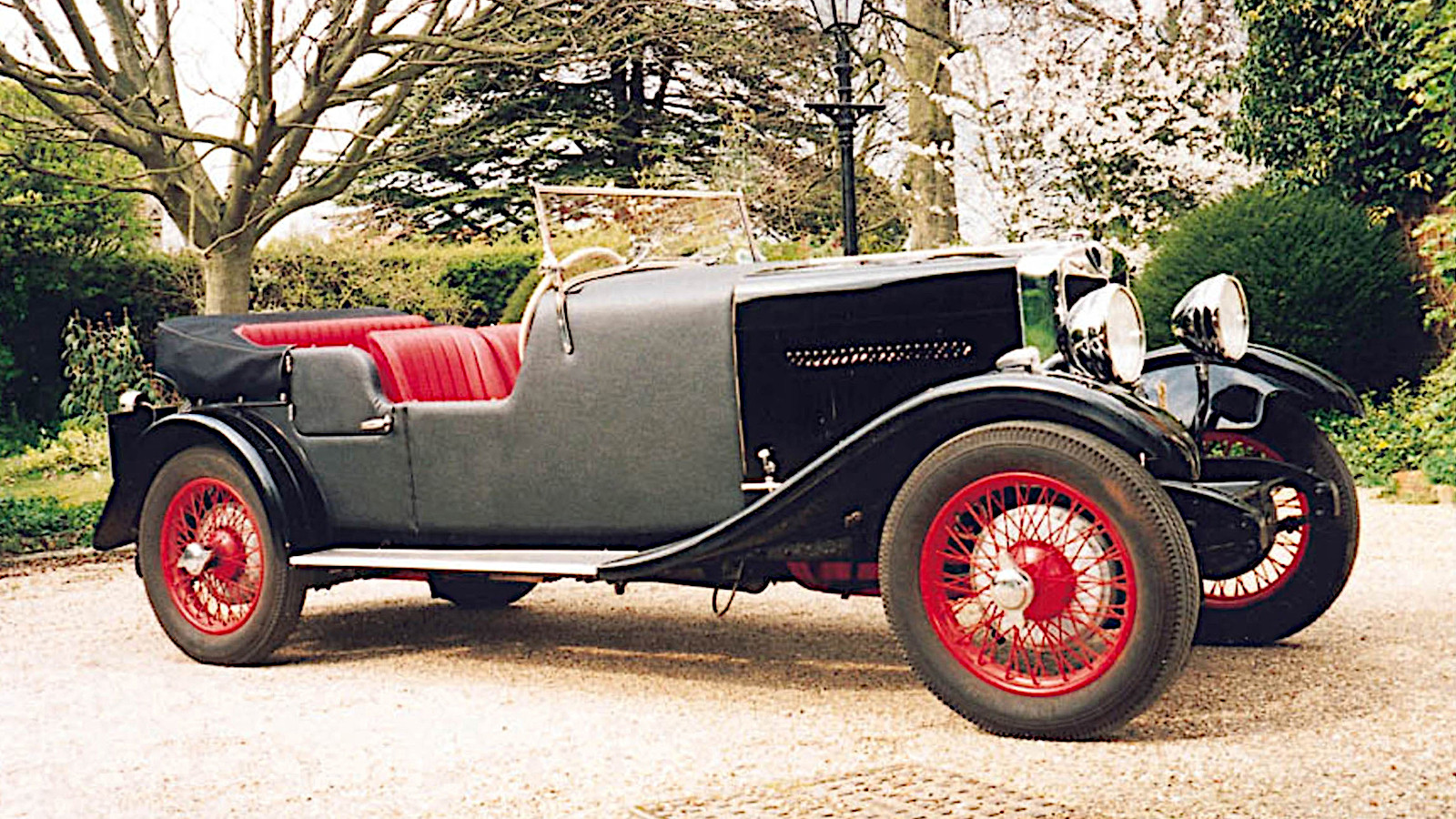 © MG Car Club
© MG Car Club -
 © Tony Baker/Classic & Sports Car
© Tony Baker/Classic & Sports Car -
 © Tony Baker/Classic & Sports Car
© Tony Baker/Classic & Sports Car -
 © Greg Kaysar/RM Sotheby’s
© Greg Kaysar/RM Sotheby’s -
 © Tony Baker/Classic & Sports Car
© Tony Baker/Classic & Sports Car -
 © Tony Baker/Classic & Sports Car
© Tony Baker/Classic & Sports Car -
 © RM Sotheby’s
© RM Sotheby’s -
 © RM Sotheby’s
© RM Sotheby’s -
 © MG Car Club
© MG Car Club -
 © MG Car Club
© MG Car Club -
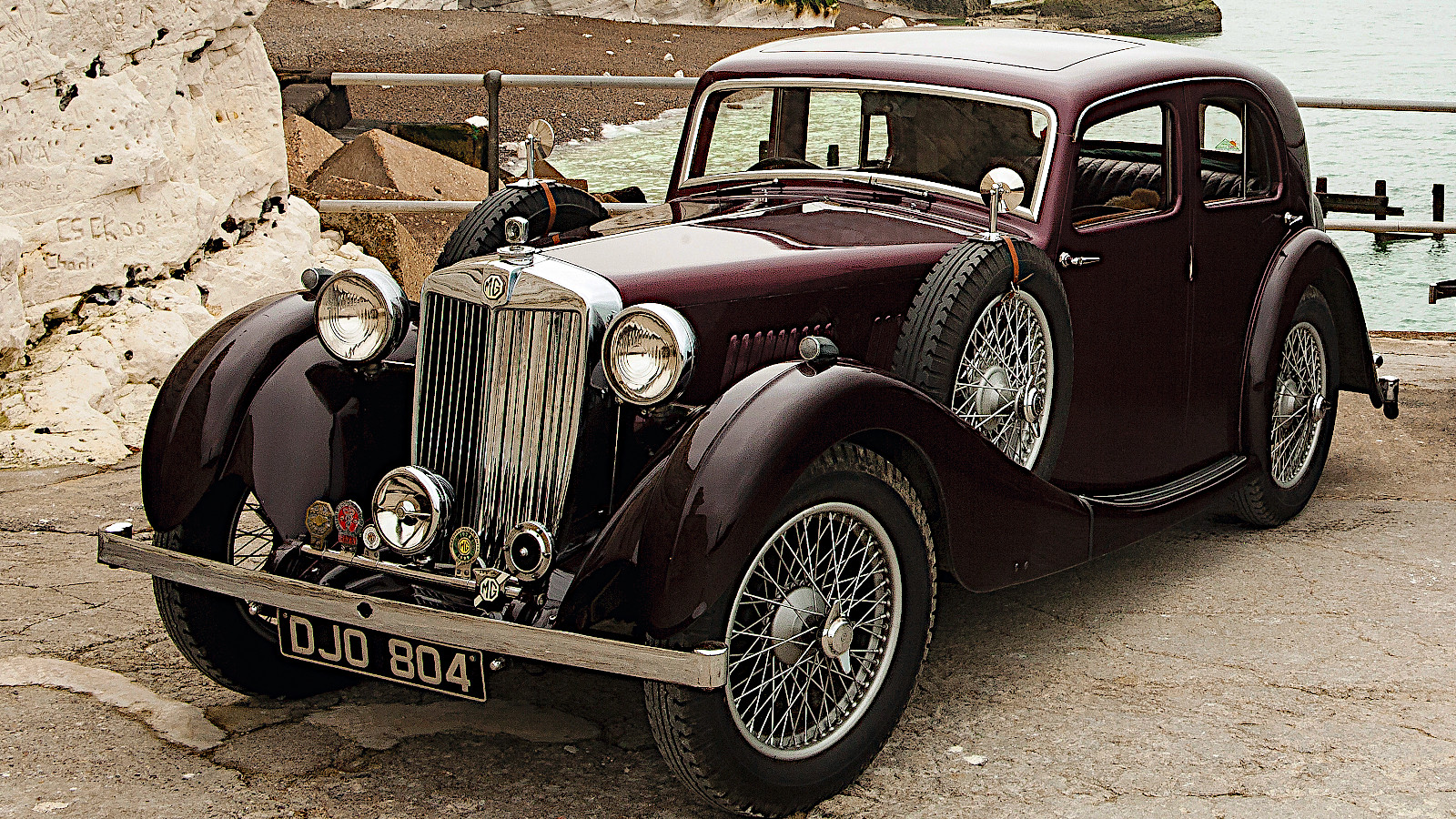 © Tony Baker/Classic & Sports Car
© Tony Baker/Classic & Sports Car -
 © RM Sotheby’s
© RM Sotheby’s -
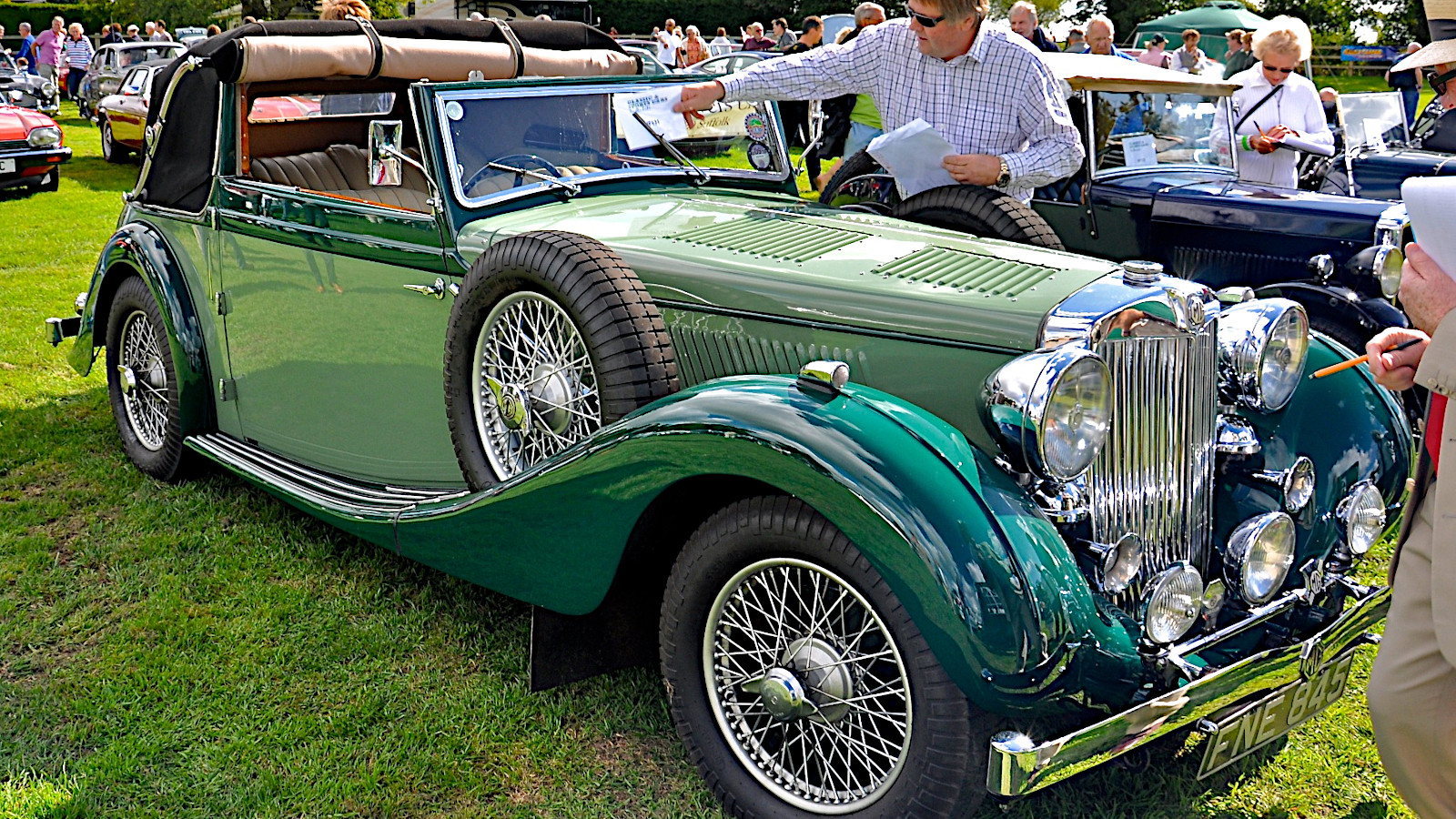 © Martin Pettitt/Creative Commons licence https://creativecommons.org/licenses/by/2.0/legalcode
© Martin Pettitt/Creative Commons licence https://creativecommons.org/licenses/by/2.0/legalcode -
 © Classic & Sports Car
© Classic & Sports Car -
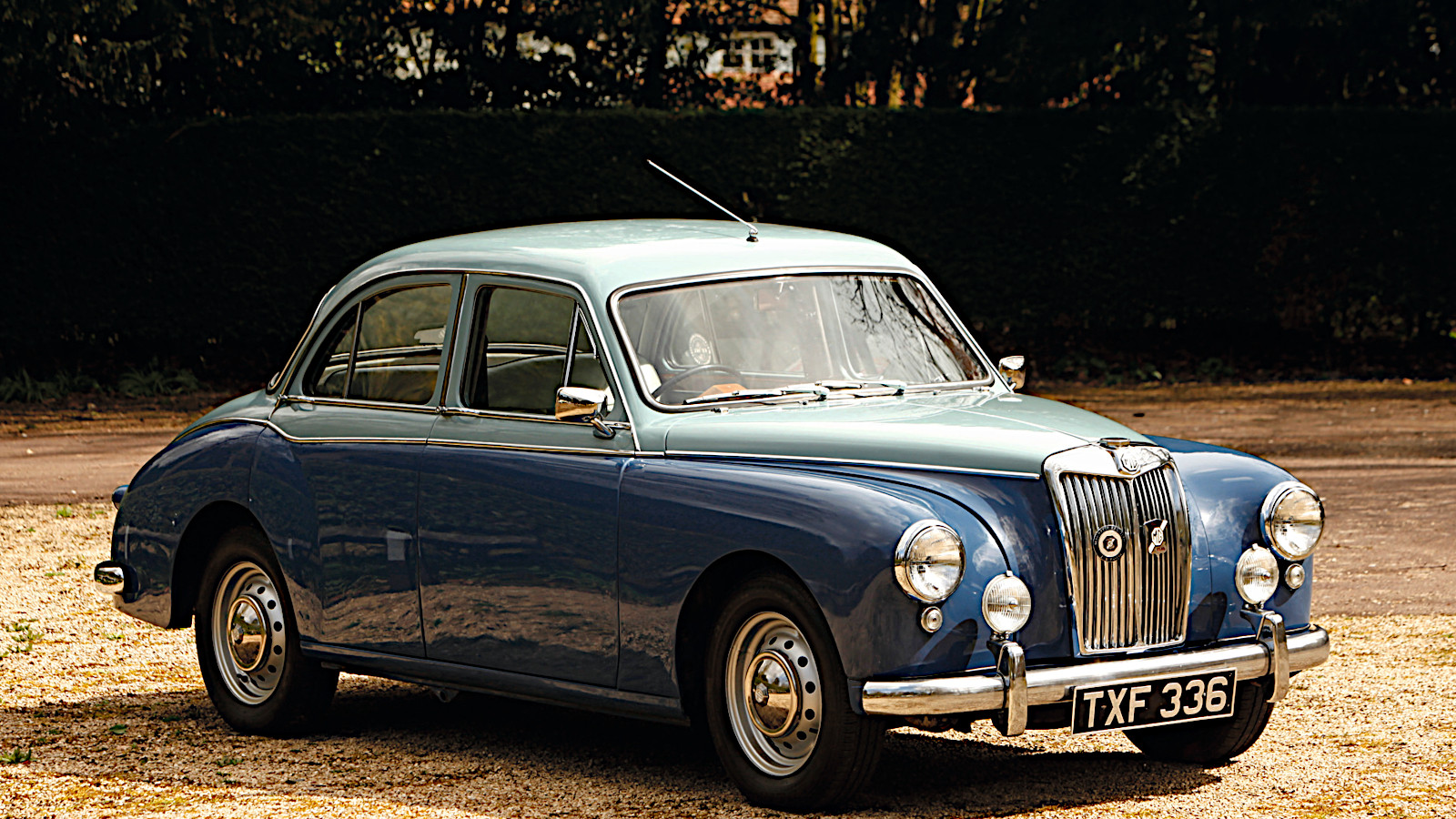 © Tony Baker/Classic & Sports Car
© Tony Baker/Classic & Sports Car -
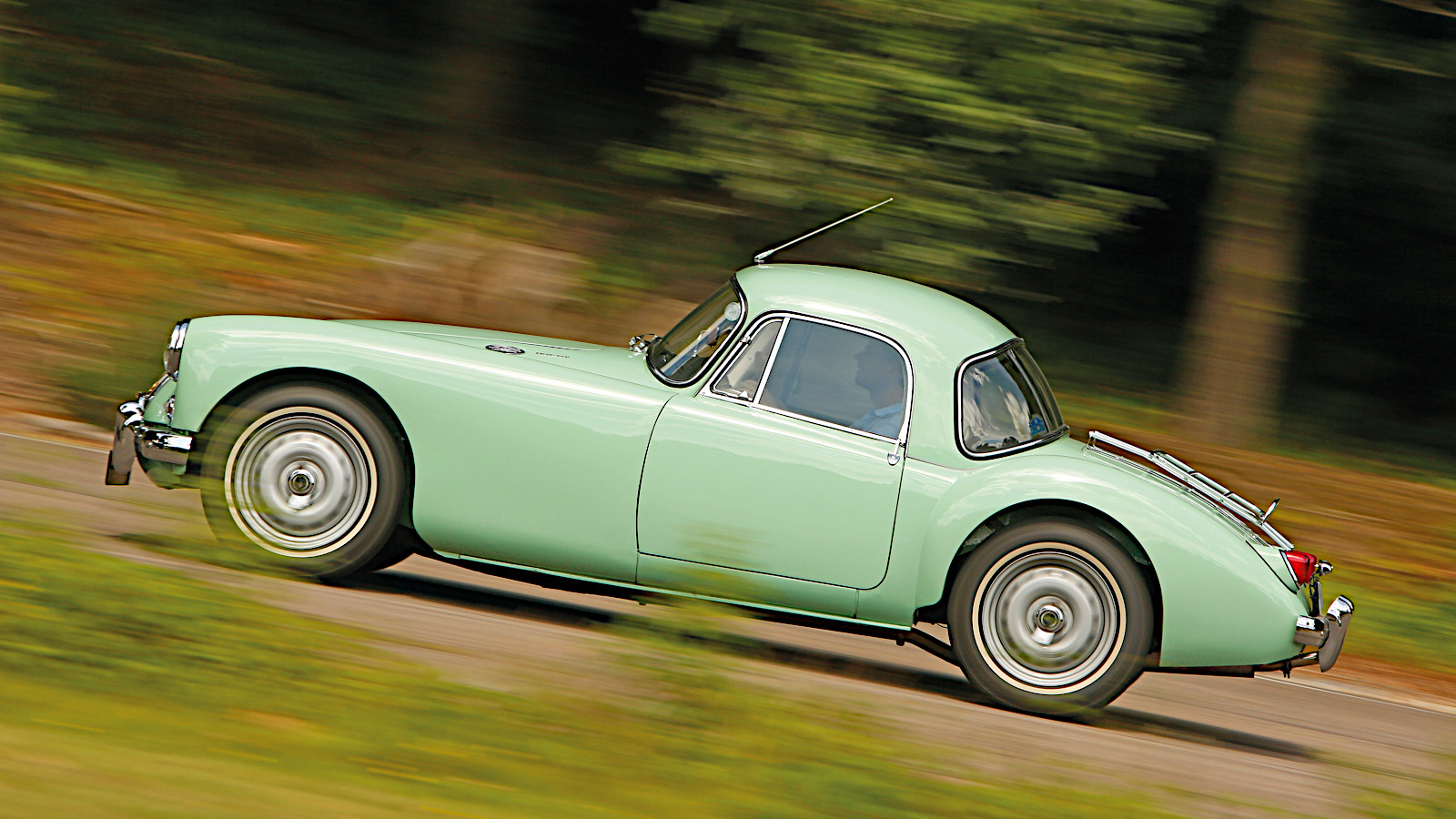 © Tony Baker/Classic & Sports Car
© Tony Baker/Classic & Sports Car -
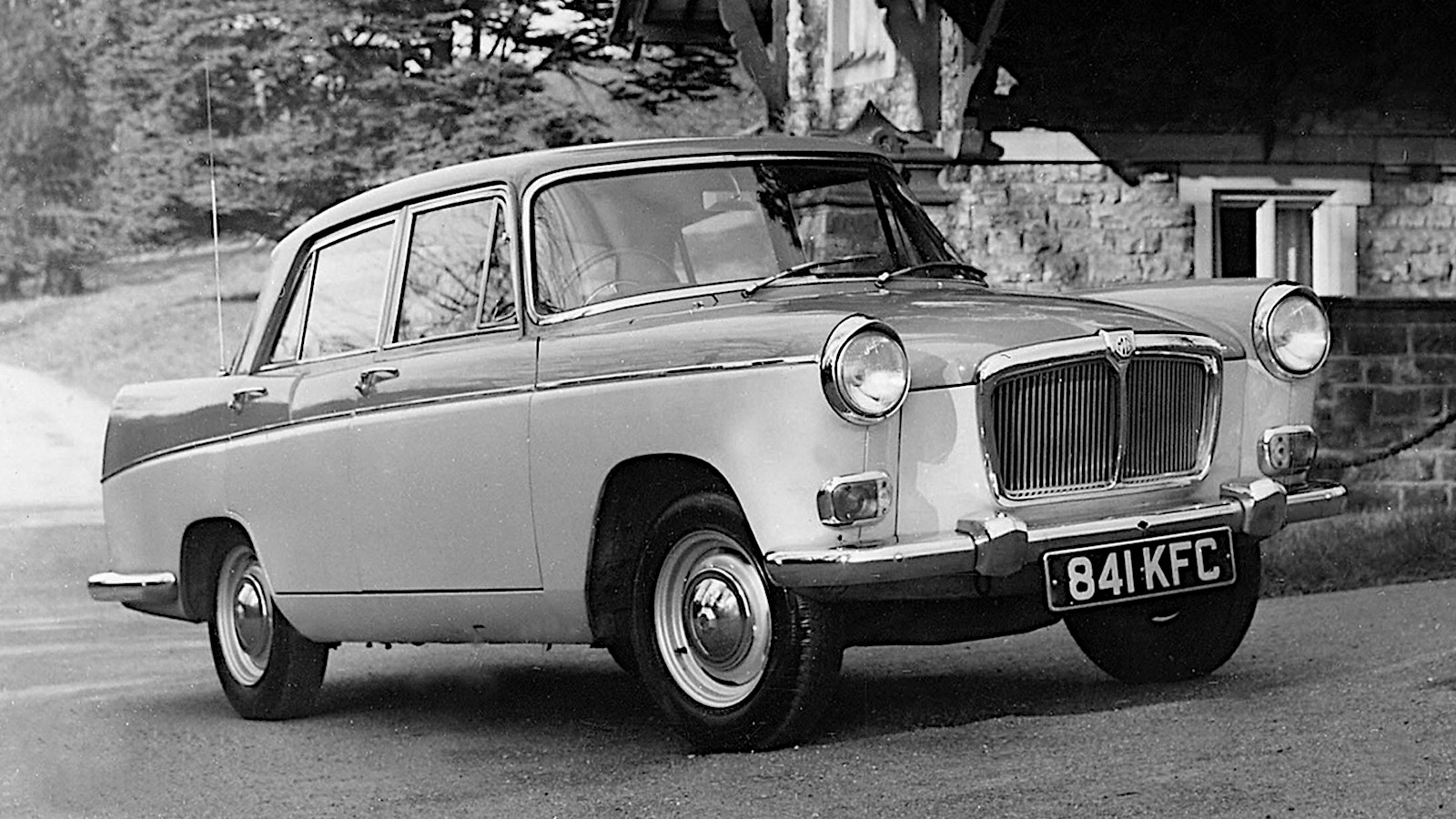 © MG/Newspress
© MG/Newspress -
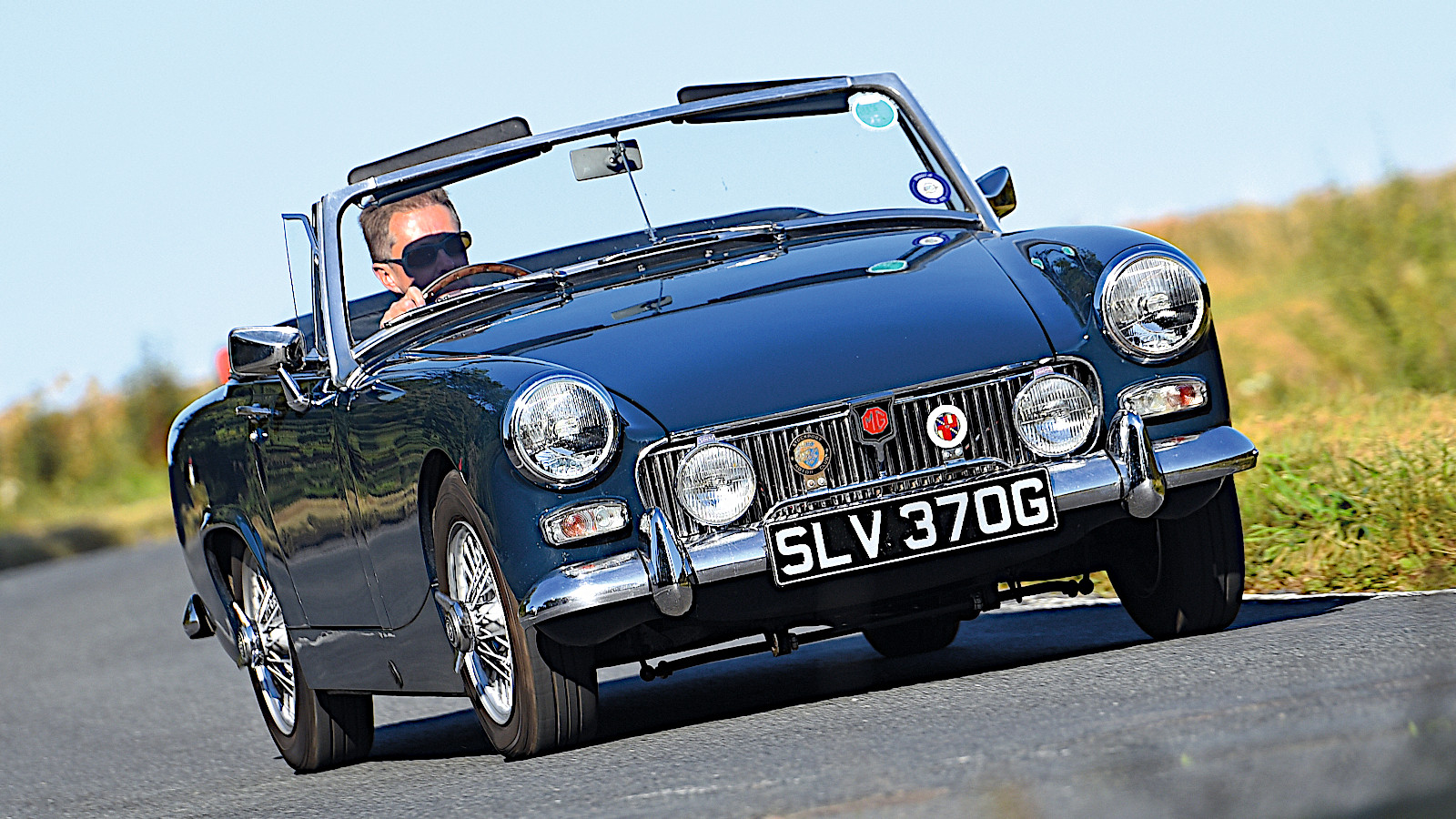 © Will Williams/Classic & Sports Car
© Will Williams/Classic & Sports Car -
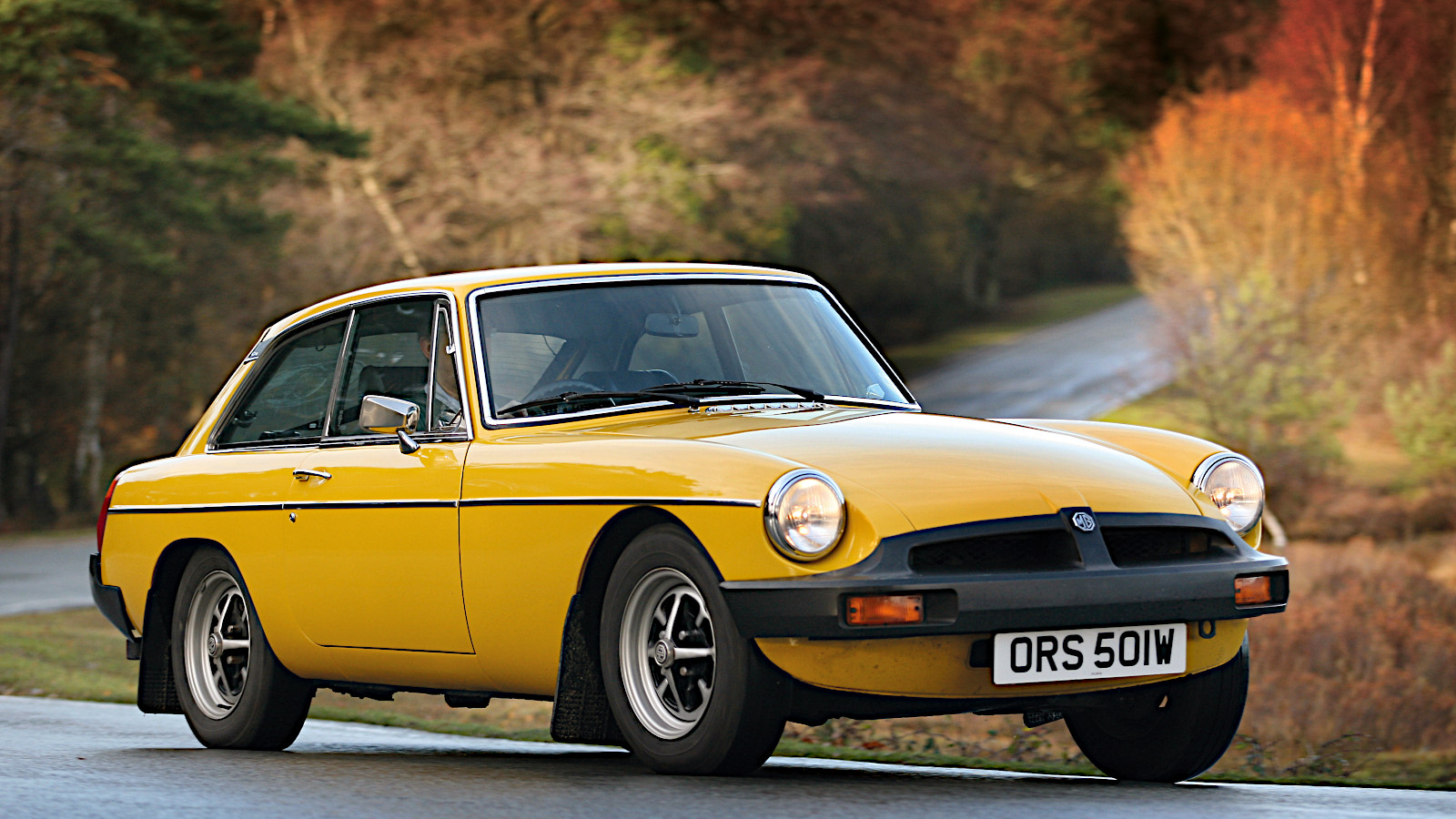 © James Mann/Classic & Sports Car
© James Mann/Classic & Sports Car -
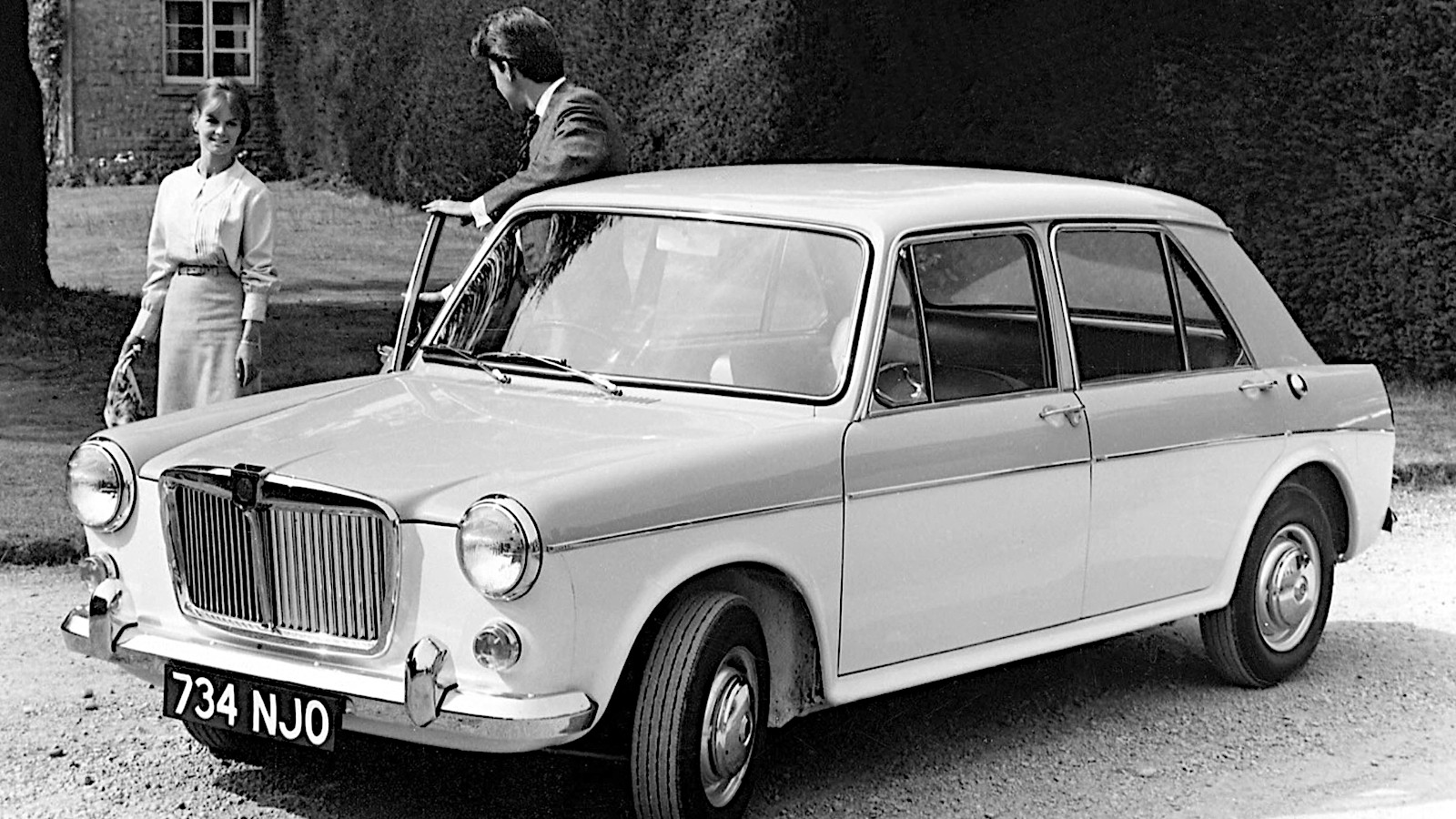 © MG
© MG -
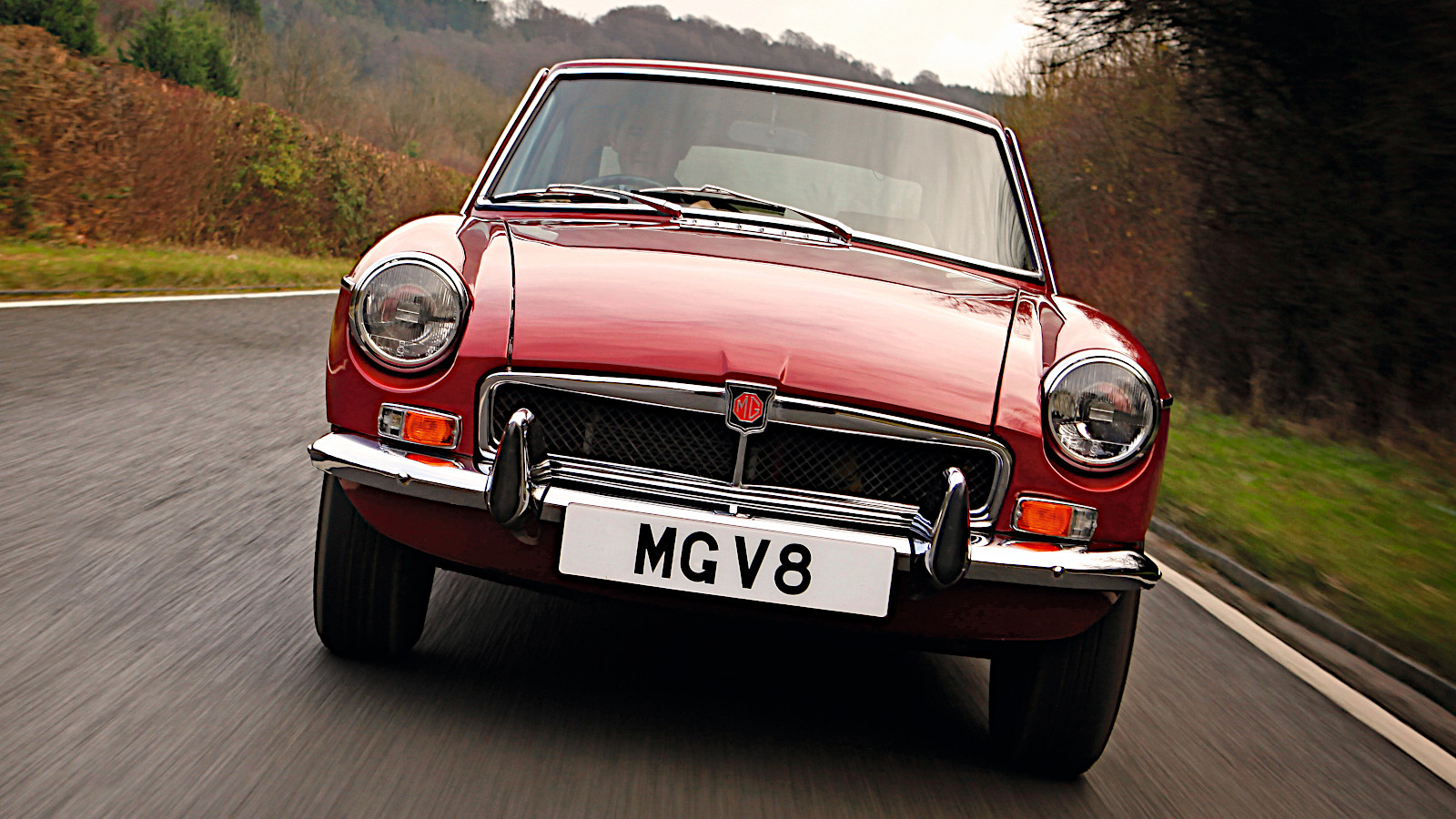 © Tony Baker/Classic & Sports Car
© Tony Baker/Classic & Sports Car -
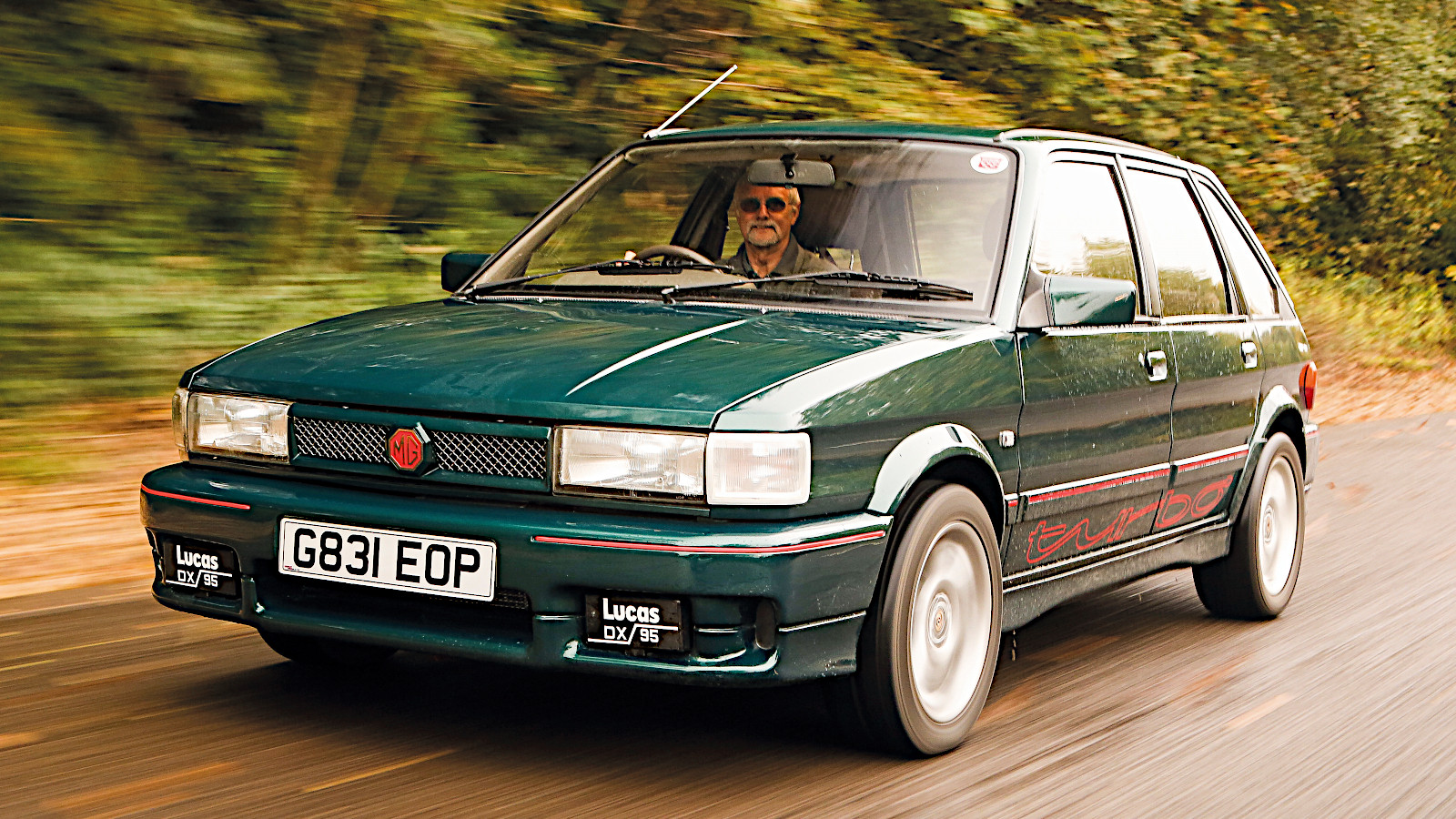 © Classic & Sports Car
© Classic & Sports Car -
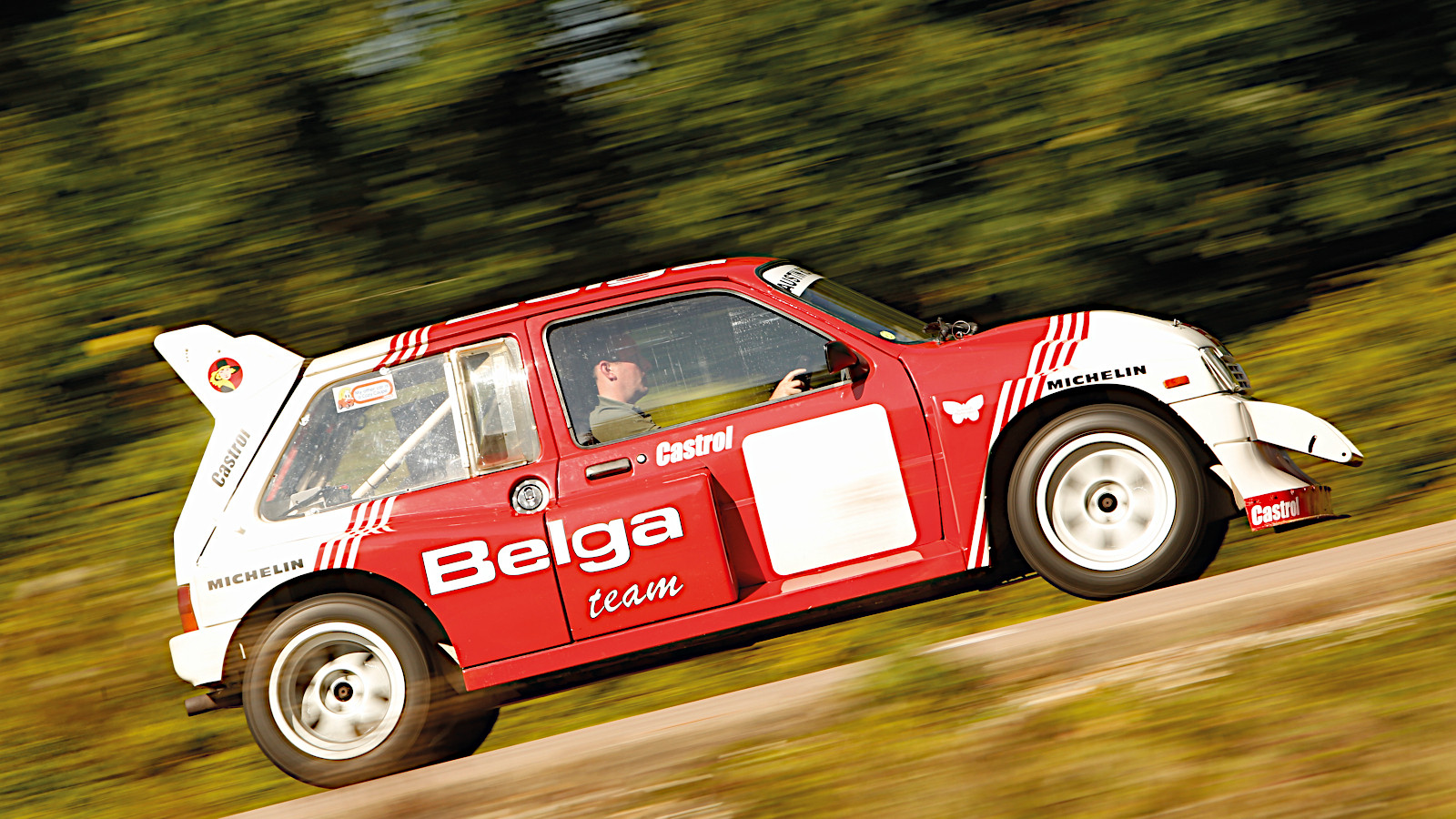 © Tony Baker/Classic & Sports Car
© Tony Baker/Classic & Sports Car -
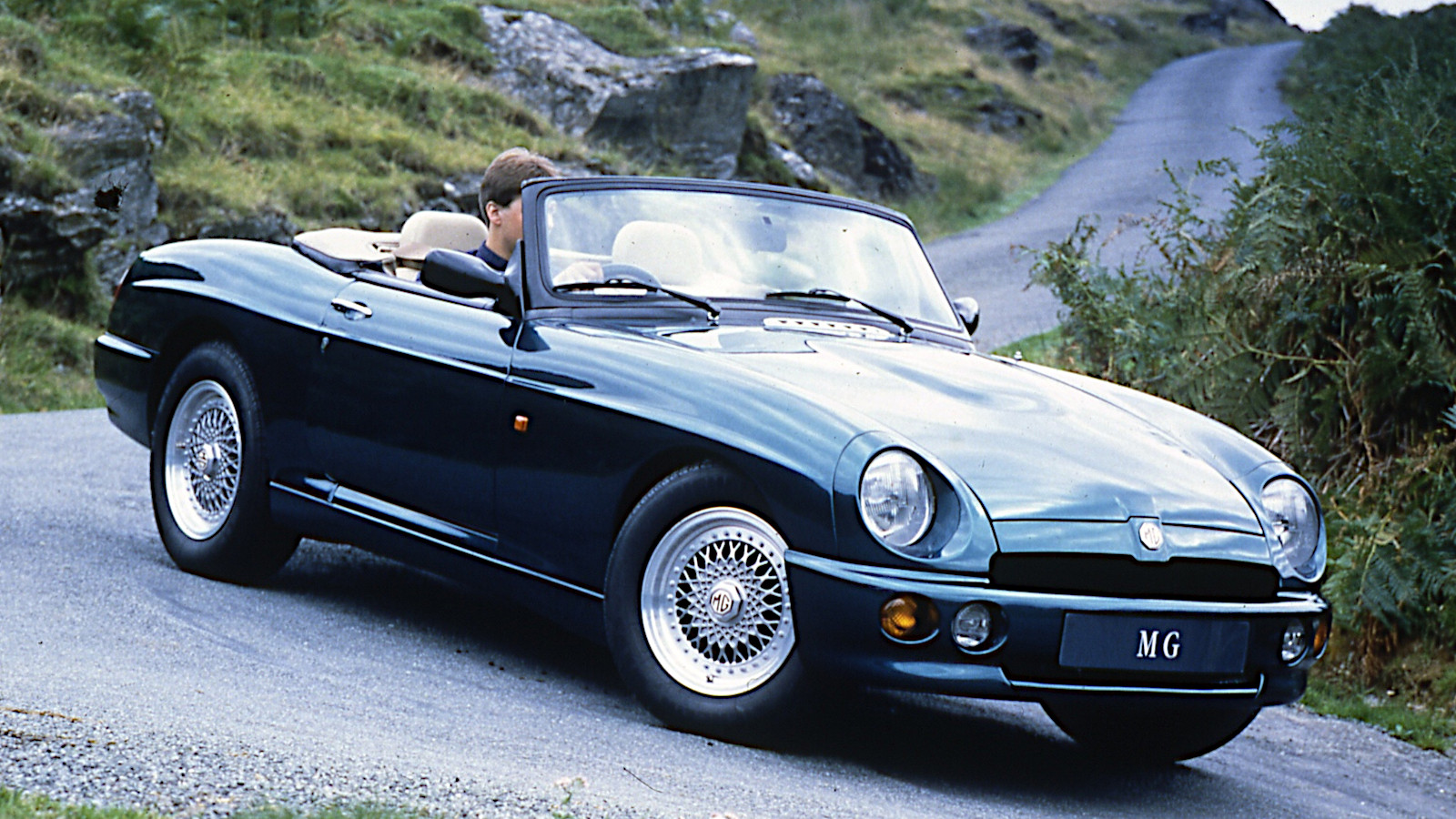 © MG
© MG -
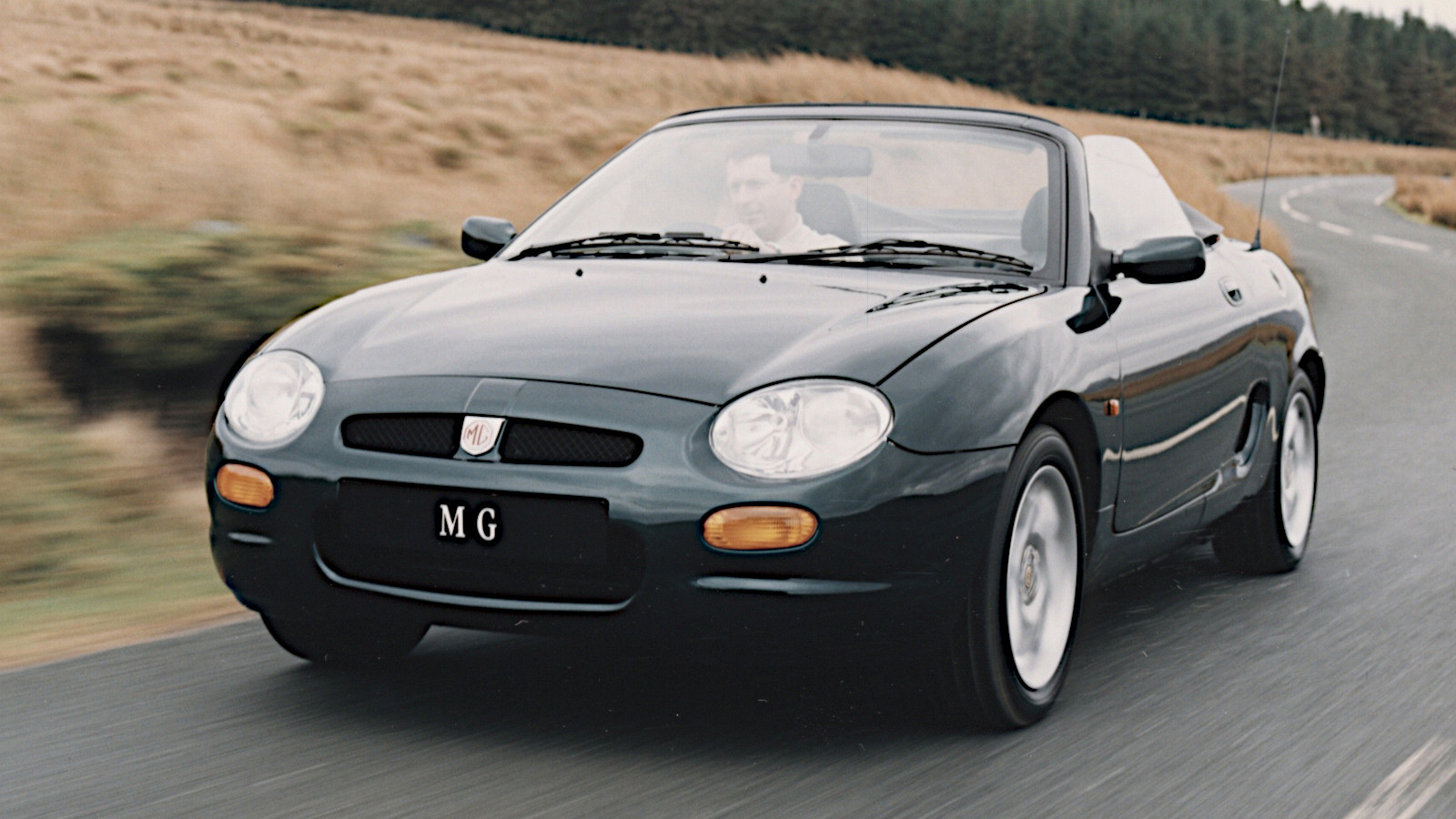 © MG
© MG -
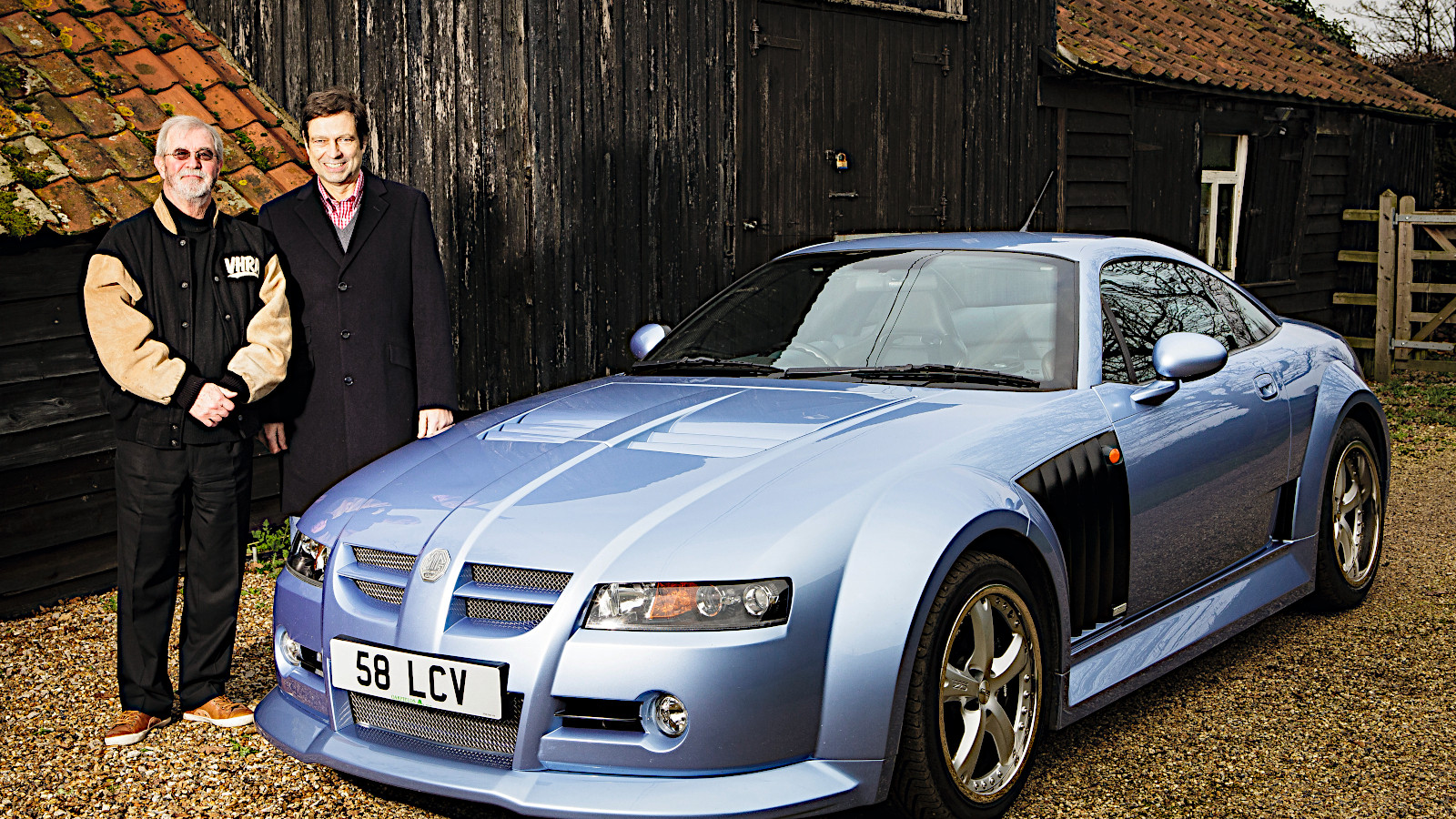 © Tony Baker/Classic & Sports Car
© Tony Baker/Classic & Sports Car -
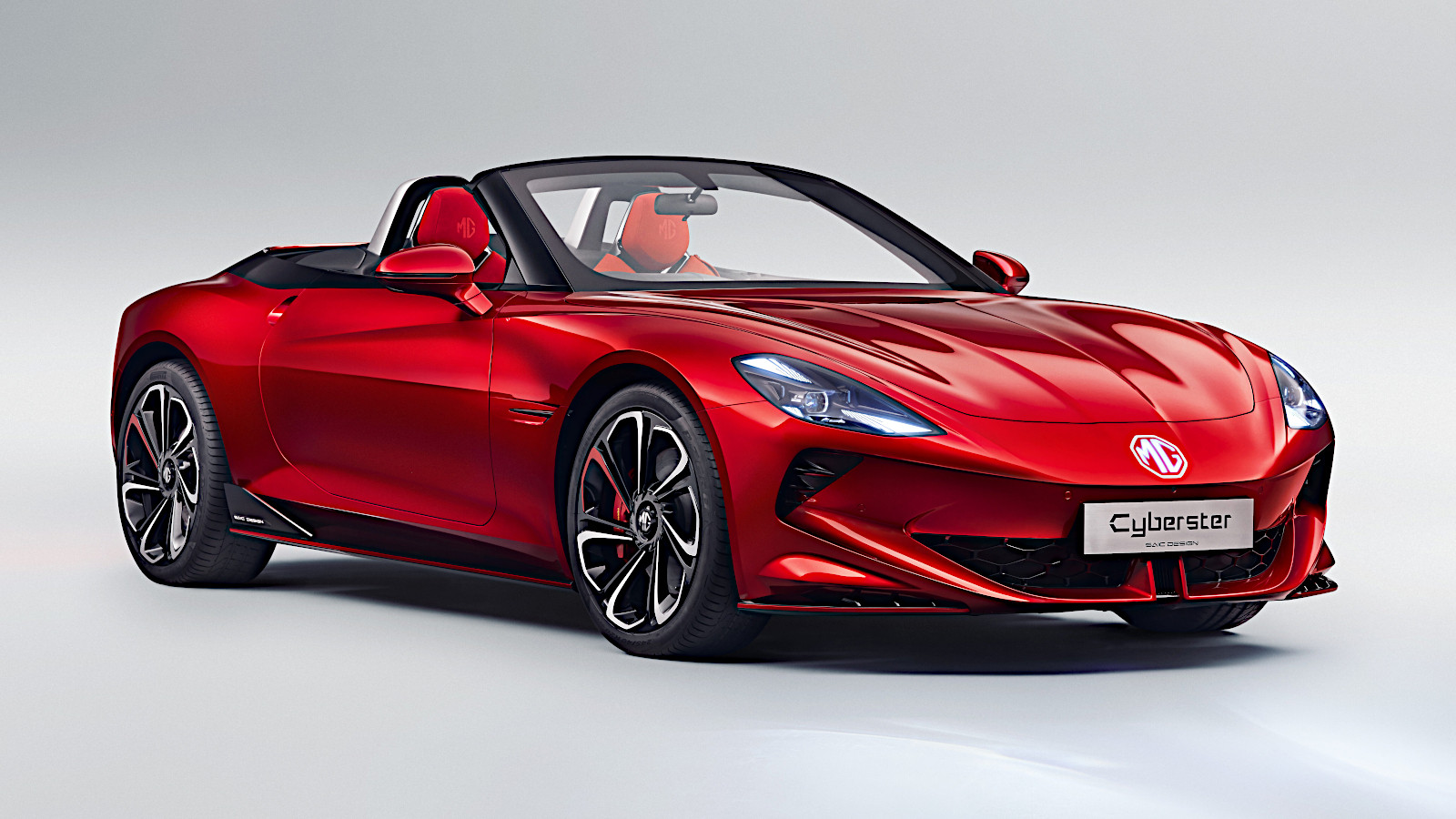 © MG
© MG
-
Setting it straight
There are several differences between cars and animals, as you’ve probably noticed.
One is that, while cars are manufactured, animals evolve gradually from other animals, so it’s relatively easy to identify the first Ford, Koenigsegg or Oldsmobile, but impossible to determine the first frog, kangaroo or ocelot.
That, at least, is the general rule. With MG, the situation is far more complicated. Although the company of that name wasn’t created until 1928, there’s a case for saying the process began five years earlier. Hence our modest proposal that 2023 can be thought of as MG’s centenary year.
Here we look at the MG story by way of the brand’s cars – mostly ones built in the 20th century, but ending with a brief survey of more recent events.
-
The Raworth Chummy
In 1922, Cecil Kimber was appointed general manager of Morris Garages, a car dealership founded by William Morris, who had also established the manufacturer Morris Motors.
By the following summer, almost exactly 100 years before you read this, the first of six cars collectively known as Raworth Chummy had appeared.
Each of them was essentially an 11.9hp Morris Cowley (pictured) with a slightly modified chassis, and a body designed and built by Charles Raworth & Sons of Oxford. None survive today.
It was not an MG, but it was a converted Morris, as all the early MGs were, and it was the first of Kimber’s cars sold to a member of the public. To all intents and purposes, the MG story begins here.
-
MG 14/28 and 14/40
The 14/28, introduced in 1924, was related to the Morris Oxford in the same way as the Raworth Chummy had been to the Cowley, with a different body and an altered chassis.
It still carried Morris badges, but it was the first car marketed as an MG (a name which, Kimber insisted, definitely didn’t stand for Morris Garages), and was referred to in advertisements as the MG Super Sports.
The 14/28 evolved into the mechanically similar 14/40 (pictured), which was produced from late 1926 to 1929.
In another ‘first’, at least for a production car, the 14/40, unlike its predecessor, carried an MG badge on its radiator, though it’s believed that this was not fitted until towards the end of 1927.
-
Old Number One
This confusing name was applied only after the car had been rescued from a scrapyard in 1932 and returned to MG, which used it for promotional purposes.
In a process which seems to have taken the best part of a year, it was built for the 1925 Land’s End Trial, in which Cecil Kimber won a Gold award.
Still based on the Cowley, it was far more of a sports car than any of the production models, and had a special overhead-valve version of the Hotchkiss-derived 1548cc engine then used by Morris.
There were those within MG who thought the retrospectively applied name was ridiculous, but the car did break new ground in being the first of its make built specifically to take part in motorsport.
-
MG 18/80
The 18/80 first appeared towards the end of 1928, a few months after the creation of a new Morris Garages division called the MG Car Company.
Larger and more powerful than all previous models, it had a 2.5-litre straight-six engine which Morris had been using for about a year, and was accordingly known as the MG Six.
Despite this, the 18/80 represented a step away from Morris, since MG designed its own chassis rather than converting an existing one.
A second-generation version introduced in 1929 had several improvements, including a four- rather than three-speed gearbox, but it was heavier and slower, and found less than half as many buyers despite being in production for longer.
-
MG M-type
MG took a leap forward in 1929 with the M-type, the first of many models known (though at this stage unofficially) as Midget.
Predicted by The Autocar to ‘make sports car history’, as indeed it did, the M-type was physically the smallest MG yet, and the one with the smallest engine – an overhead-cam ‘four’ with a capacity of just 847cc.
Far more expensive than the recently launched Morris Minor on which it was based, it was nevertheless still relatively affordable.
Introduced at a time when MG had never built as many as a thousand of anything, the M-type was so popular that the company had to assemble 3235 of them in less than four years. This would stand as a production record until after the Second World War.
-
MG C-type
In 1931, the year after it was further formalised into a limited company, MG made the immensely courageous decision to build 14 examples of a new racing car in just two months.
The timescale was determined by the important Double Twelve race at Brooklands, one of the most significant motorsport events in the British Isles at the time.
The cars, known as C-types and fitted with 746cc derivatives of the M-type engine, were indeed ready in time, and although one failed to start and several others fell out, five of the remainder finished in the top five places.
C-types subsequently won that year’s Irish Grand Prix and Ulster TT, and finished third in the Brooklands 500 despite being presented with a severe challenge by the race handicappers.
-
MG F-type
The C-type chassis formed the basis of two roadgoing models which went on sale in 1931.
The D-type was less than thrilling, since it had the same 847cc engine as the M-type.
Performance wasn’t much better in the F-type, even though it had a 1271cc straight-six, which was simply the M-type engine with two cylinders added on.
However, the F-type was a big success. MG built 1250 examples in only a year – a higher rate of production than that of the popular M-type.
-
MG J-type
Yet another in a rapid succession of new MGs made its debut in 1932.
The J-type was based on the C-type chassis and powered either by a new 847cc engine (much more powerful than the previous one of the same size) or a 746cc supercharged version.
Of the four sub-types available, the roadgoing two-seat J2 was by far the most successful, with more than 2000 built in less than two years.
The supercharged J4 racer (pictured) had twice the power of the J2, which was a bit more than the chassis could handle.
Nevertheless, Irish driver Hugh Hamilton mastered it, and was unlucky to be denied victory in the 1933 TT by 40 secs after a pitstop lasted four minutes longer than it should have.
-
MG K-type
The K-type, also known as the Magnette, was larger than the J-type and introduced a few months later.
It came in a baffling variety of forms, with four six-cylinder engines (two versions each of a revised 1271cc unit, which MG quoted as measuring 1286cc, and a new 1087cc one with a shorter stroke), three chassis, three gearboxes and five bodies.
In sales terms, it was a disaster, but the supercharged K3 version was one of MG’s finest race cars.
Tazio Nuvolari, who had never sat in one before and had to have its preselector gearbox explained to him, won the 1933 TT in a K3, while others dominated the 1100cc class in that year’s Mille Miglia – and won the team prize.
-
MG P-type
The latest Midget, known as the P-type, took over from the hugely successful J-type in early 1934.
The two cars looked similar, but the later model had a stiffer chassis, more interior space and a three-bearing crankshaft which, as intended, proved to be far more reliable than the two-bearing crank in the J-type.
At first known as the PA (pictured), the car became the PB in 1935 when MG raised the engine’s capacity from 847cc to 939cc and fitted a close-ratio gearbox.
By the time production ended in mid 1936, MG had built 2526 examples, 27 of which were PAs converted to PB specification because customers could no longer be persuaded to buy them in their original form, even after the price had been lowered.
-
MG N-type
In a strange alphabetical anomaly, MG introduced the N-type (the second model in the Magnette line) a few weeks after the P-type.
Power was provided by what seemed to be the familiar 1271cc straight-six, though in fact this had been substantially updated with, among other things, a new block and cylinder head.
Sales were inevitably lower than those of the cheaper P-type, but with nearly 750 examples built in less than three years the N-type could be counted as a success.
Cars with supercharged engines were now prohibited from competing in the TT, so MG built several racing versions of the N-type for the 1934 event, in one of which Charles Dodson repeated the success Nuvolari had achieved the previous year.
-
MG Q-type
Now fitted with a Zoller supercharger, MG’s 746cc four-cylinder engine helped to make the Q-type a ferocious racing car.
100bhp was easily achieved, and by the end of development the little motor was producing an astonishing 146bhp, or close to 200bhp per litre.
These were startling figures from an engine derived from the one which had produced just 20bhp when it first appeared in the M-type.
They were also too much for the car, which had to have grabhandles fitted to the floor so that riding mechanics could resist being thrown out over the bumps on the Brooklands banking.
-
MG R-type
The amazing engine of the Q-type was at last fitted to a car that could cope with it in 1935.
The R-type was an impressively high-tech machine – the first single-seater MG, and the first with independent suspension for every wheel.
On its first appearance, it was described in the press as ‘a genuine Grand Prix racing car in miniature’, but it didn’t perform the way it looked like it should because MG had got the suspension geometry wrong.
A new system was devised, but any chance of using it disappeared when MG was taken over by Morris, which immediately cancelled all motorsport activity.
-
MG SA and VA
In the first full year of the Morris era, MG produced two new models which confirmed the new direction implied by the cessation of racing.
The SA of 1936 and the following year’s VA (pictured) were handsome cars powered respectively by a 2288cc (later 2322cc) straight-six derived from the 2-litre unit used in the Wolseley Super Six, and a 1548cc ‘four’.
Neither engine had enough power to give the vehicles they were fitted to impressive acceleration, but both the SA and the VA were praised for the their handling, and the SA in particular was regarded as an excellent high-speed cruiser.
They might not have been ‘real’ MGs in the way some enthusiasts had come to understand the term, but they were popular enough for it to be worth the company’s time to build more than 5000 examples before the Second World War brought production to a standstill.
-
MG T-type
The new Midget introduced in 1936 was in some ways a step backwards, being larger and less sporting than the earlier models and having, for the first time in the series, a pushrod engine rather than one with an overhead camshaft.
Furthermore, it had a very 1930s look, which was fine when the TA first came out, but less fine when the TF was discontinued 19 years later.
For all that, though, the T-type was an enormous hit. The TC was the first MG to make an impression in North America, and the TD (pictured) which followed it knocked all previous production records out of the park.
Nearly 30,000 TDs were built, most of them for export, from 1949 to 1953, and MG followed this by assembling nearly 10,000 TFs in a year and a half.
-
MG WA
Introduced in late 1938, the WA was the most extreme example of the trend created by the SA and continued by the VA.
A world away from the little sports cars, the WA was the most luxurious MG yet, and powered by the largest engine – a 2561cc derivative of the SA’s straight-six.
MG would not use an engine of anything like this size for another three decades, and has never built a comparable car to this day.
It’s tempting to wonder what the future might have held for MG if SA production had not been permanently halted by the Second World War, after only 369 examples had been built.
-
MG Y-type
Design work on the Y-type began before the war, so it already looked rather old-fashioned when it finally went into production in 1947.
Despite that, this small saloon, powered by the 1250cc engine used in most examples of the T-type, has some modern features, most notably independent front suspension.
It was introduced in YA form and then, a year later, as the unsuccessful export-only YT tourer, whose open body was later described by MG historian Wilson McComb as being ‘about as sporting in appearance as the average Victorian bathtub’.
The YB, launched in early 1951, handled better than the YA, and survived until late 1953, by which time the styling seemed positively archaic.
-
MG Magnette Z-type
The first MG officially known as Magnette was neither the first nor the last to inspire cries that this was not the sort of car the company should be building.
It was originally intended to be an MG, but in fact entered production as the Wolseley 14/40 saloon.
Unlike the 1250cc Wolseley, though, the later MG version was powered by the 1.5-litre BMC B-series (described internally as ‘a horrible engine, but free from bugs’) with twin SU carburettors.
The original ZA was replaced in 1956 by the updated, and considerably more powerful, ZB (pictured). Combined production over five years was outstanding, in MG terms, at well over 36,000.
-
MGA
Dissatisfaction with the way things were going at MG was difficult to sustain after the MGA came out in 1955.
Unlike the recently discontinued T-type, it was thoroughly modern, and unlike the Magnette it was thoroughly an MG.
Fitting a twin-cam head to the B-series engine was disastrous (for road cars, if not competition ones) and soon abandoned, but it didn’t affect the success of the MGA range as a whole.
In seven years, MG built more than 101,000 examples, four and a half times its entire production before the Second World War.
-
MG Magnette (Farina)
In 1959, MG was dragged into a badge-engineering campaign of epic proportions.
The new Magnette, which replaced the very successful ZB, was one of the many cars known as BMC Farinas, on account of their having been designed by Battista ‘Pinin’ Farina.
These came in several sizes. The Magnette was one of the family saloons, also available with Austin, Morris, Riley and Wolseley badges.
The public was unconvinced by the tactic of putting an exciting badge on a very ordinary car, and the Farina Magnette was far less successful than the Z-type had been.
-
MG Midget
The delightful Midget was a very slightly reworked version of the equally delightful Austin-Healey Sprite.
The two models were so closely related that they are collectively known as ‘Spridgets’.
Their histories are not identical, though. There was no Midget equivalent of the first Sprite, known as ‘Frogeye’ in the UK and ‘Bugeye’ in the US, while the last-generation Midget (powered by a Triumph engine rather than the previous BMC A-series) was produced after the Austin-Healey brand, and therefore the Sprite, had been discontinued.
More than 200,000 Midgets were built in an 18-year run, and many are still around now, acting either as enjoyable road cars or often formidable competition machines.
-
MGB
In its efforts to make the MGB even better than the MGA had been, MG switched from body-on-frame to unibody construction, which allowed it to provide more interior space, even though the new car was slightly shorter than the old.
The MGB was launched as a roadster with an enlarged, 1.8-litre version of the BMC B-series in 1962. A coupé derivative, marketed as the MGB GT, arrived three years later.
In both forms, the car was immensely popular (especially in the US), to the extent that MG had cause to build more than half a million before production stopped in 1980, obliterating all previous records.
This figure does not include two high-performance variants, which we’ll be coming to shortly.
-
MG 1100 and MG 1300
For much of the 1960s, the most popular car in the UK was the BMC model codenamed ADO16 and sold around the world as an Austin, a Morris, a Riley, a Wolseley, a Vanden Plas, an Innocenti and – the reason we mention it here – an MG.
The MG version was known as the 1100 or the 1300, depending on which size of BMC A-series engine was installed.
They were on sale from 1962 to 1971 – nearly the entire history of the ADO16, minus the final three years.
Despite the appeal of the badge, buyers tended to look elsewhere. Only around 143,000 were built (most of them 1100s), a small proportion of total ADO16 sales, which exceeded two million.
-
MGC and MGB GT V8
The first attempt to make a faster version of the MGB was the MGC, whose 2912cc straight-six C-series engine was the largest yet fitted to any MG.
Unfortunately, although the C-series provided plenty of power at the top end, it wasn’t nearly as strong at lower revs, and its weight badly affected the car’s handling.
The MGB GT V8 (pictured), which used Rover’s 3528cc engine (in low-compression form, as fitted to the Range Rover), was much better, and would probably have been a big success if supply of that same engine had been sufficient.
Since it wasn’t, MG could not sell the car in the US, nor build enough examples to satisfy European demand. Only 2591 were built in three and a half years, compared with almost exactly 9000 MGCs in just two.
-
MG Metro, Maestro and Montego
The usual accusation of ‘that’s not a proper MG!’ was often heard in the 1980s, when the octagon logo was applied to the normally Austin-badged Metro and Maestro (pictured) hatchbacks, and the Montego saloon.
In fact, they were spiritually close to the adapted Morrises of the 1920s, though in the later case the cars’ structures were left alone, and modifications were limited to the engine and suspension.
All three were available in turbocharged form, and while the larger, 2-litre cars of this type are now remembered as much for wild torque steer as anything else, the 1.3-litre Metro was a very capable little hot hatch.
The race versions in particular were extraordinary, not least because their 1275cc produced, astonishingly for the era, around 200bhp.
-
MG Metro 6R4
The 6R4 was barely an MG at all, but it seemed appropriate to use that badge for one of the most exciting rally cars ever devised.
Despite appearances, it was hardly a Metro either, but a purpose-built Group B rally car with a spaceframe chassis and a mid-mounted engine driving all four wheels.
Uniquely among World Rally Championship contenders, that engine was a naturally aspirated 3-litre V6, completely different from the smaller, forced-induction units used by everyone else.
The 6R4 didn’t have a chance to shine before Group B was cancelled in 1987, but it later performed extremely well, and with immense drama, in lower-level rallies and in rallycross.
-
MG RV8
The RV8 of 1993 to 1995 was based on a replacement MGB bodyshell produced by British Motor Heritage and powered by a 3.9-litre version of the same Rover engine used years before in the GT V8.
There were some styling changes, and unlike the GT V8, which was available only as a coupé, the RV8 was only ever built as a roadster.
It is often regarded as a continuation of the MGB, but this can sometimes cause controversy.
While it was still in production, for example, the RV8 was deemed legal for a Thoroughbred class in hillclimbing, only to be banned immediately when it beat everything else on its first outing.
-
MGF
After 15 years, MG returned to two-seat roadster production in 1995 with the MGF.
With the exception of the Metro 6R4, which was not intended for normal road use, this was the most radical MG for a very long time, with a mid-mounted Rover K-series engine and Hydragas suspension.
It was replaced in 2002 by the MG TF, whose many revisions included a return of conventional spring-and-damper suspension.
The TF was discontinued when MG Rover collapsed in 2005, but reappeared three years later under its new Chinese ownership.
-
MG XPower SV
The most recent MG sports car is the XPower SV, which was manufactured briefly, and in very small numbers, from 2003 to 2005.
It was based on the Qvale Mangusta and powered, initially at least (and like the Rover 75-based MG ZT 260), by a 4.6-litre Ford Modular V8 engine.
The SVR was fitted with a 5-litre version of the same unit.
Like the MG TF, the SV project was cancelled when the company responsible for it fell apart.
-
Today’s MGs
In what we are cautiously suggesting is the brand’s centenary year, MG sells mostly hatchbacks, estates and SUVs in what was once its home country, with an increasing emphasis on electric propulsion.
Elsewhere, the name is used for rebadged versions of Chinese vehicles (including the very large V80 van) built by Maxus, Roewe and Wuling and sold in India.
There has been little sign of a sports car since the TF was discontinued, but an all-electric roadster concept called Cyberster was revealed in 2021.
It has since been announced that a production Cyberster will soon go on sale.
